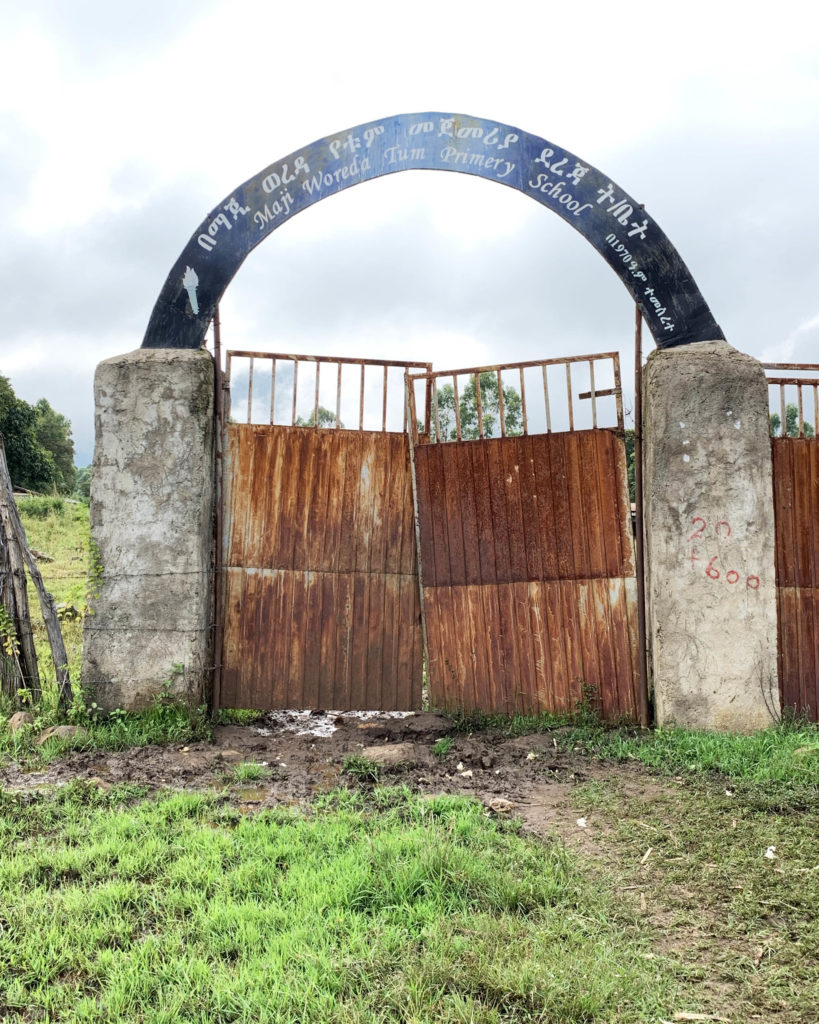In a neighboring town called Tum 17 miles from Maji, there is a primary school located behind a rusty iron gate. It has 970 students who walk each day to learn. The farthest students have to walk is four miles.

During a recent visit, each class was full – a closer look revealed that the student body is quite diverse.
“Our students are from seven to 20 years old,” Teacher Ulassie Getassew said through a translator, during a break from teaching.
There is no electricity in the school – or anywhere else in the area. Ulassie and a handful of other teachers rely on a small roof-top solar panel to power up a single audio-media player they use as a teaching aid. There is only one memory stick that contains teaching materials. At US$6.00 each, it’s too expensive to purchase another. This valuable teaching aid is used sparingly, benefitting only students in the fourth grade and higher, for biology, social studies and English classes.
With no light, it’s hard to read the few books they have in the library, even in the daylight, Ulassie pointed out. Throughout the year, students test their knowledge by completing hand-written exams painstakingly prepared by teachers.
Learn how we are working to bring electricity to Maji and the surrounding communities.
“The funds we get from the federal government is not enough,” he said.
Ulassie is from Mizan, a bustling town about 60 miles away, a hard eight-hour journey by car.
“I always wanted to teach,” he said, “If we had electricity, the students won’t have to strain their eyes to read their books.”